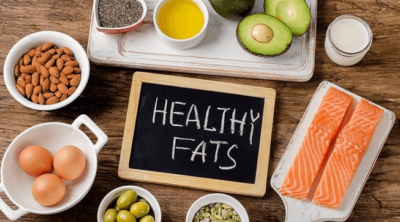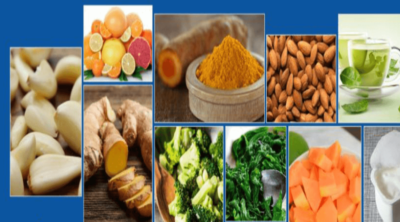
If turnip is one of your favorite vegetables, then you will be glad to know its calorie content in cooked forms. We have provided you the nutritional content of cooked turnip root and turnip green in this article. Have a look…
Turnip or Brassica rape is consumed throughout the world in a variety of forms. Covered with white skin blended with a pinkish tinge, this vegetable is laden with nutrients and it’s a type of root vegetable. Turnip also comes in colors of light yellow, white and green. Apart from the root, the leaves are also consumed either raw or cooked. The leaves are popularly known as turnip greens. Plenty of dishes can be prepared by cooking fresh or canned turnips. It’s also one of the key ingredients of pickles, that is relished mostly in Asian countries. Calories in cooked turnips depends on the method of cooking.
Cooked Turnip Calories
We have provided you a table below from which you can compare the calorie content of different types of cooked turnips. Carbohydrates, fats and proteins are the most important nutrients contained in this vegetable that forms the total amount of calories. You can also find out the calories in cooked turnip greens from the second table. Turnip greens are also available in canned or frozen forms, or you can boil the fresh leaves for preparing soups and dips.
Data by USDA National Nutrient Database for Standard Reference
* The values are provided for various preparations – boiled, frozen, and canned.
| Salted, 156 g | |
| Proteins | 2.39 |
| Fats | 0.37 |
| Carbs | 5.87 |
| Fiber | 3.1 |
| Sugar | 2.75 |
| Total Calories (kJ) | 33 |
| Unsalted, 156 g | |
| Proteins | 2.39 |
| Fats | 0.37 |
| Carbs | 6.79 |
| Fiber | 3.1 |
| Sugar | 3.67 |
| Total Calories (kJ) | 36 |
| Salted, 163 g | |
| Proteins | 4.87 |
| Fats | 0.62 |
| Carbs | 7.73 |
| Fiber | 5.1 |
| Sugar | 1.55 |
| Total Calories (kJ) | 55 |
| Unsalted, 163 g | |
| Proteins | 4.87 |
| Fats | 0.62 |
| Carbs | 7.91 |
| Fiber | 5.1 |
| Sugar | 1.74 |
| Total Calories (kJ) | 57 |
Cooked Turnip Nutrition Facts
- From the above mentioned tables you can find out the nutrition content of cooked turnips with and without salt. The calories are comparatively higher in turnips cooked without salt because the calories are retained in natural form. Adding salt reduces the calorie content in turnip. Similar is the observation for turnip green.
- When turnips are cooked fresh in olive oil, then its nutrient load is maximum. Boiling them further destroys proteins while the carbohydrate content is retained. Since turnip is a root vegetable, you can see that it contains maximum amount of carbohydrates and sugars. Although fat content is moderate, this vegetable can be avoided by diabetics.
- Turnip, being rich in omega-3-fatty acids (186 mg), is safe for consumption and it’s composition is retained even after cooking. It contains a very low amount of saturated fatty acids and is devoid of starch. The amount of fiber contained in turnip root is comparatively less than that of green turnip.
- The second table has provided you information regarding calories contained in cooked turnip greens. From the figures mentioned, you can make out that the sugar content much less than cooked turnip roots. Those who are under a weight loss diet regimen can have soups containing boiled turnip leaves. Being rich in fiber, it’s an excellent remedy for constipation, piles and irritable bowel syndrome. To derive maximum fibers, you can boil the leaves without adding salt.
- Apart from fats, carbohydrates and proteins, turnips are also rich in vitamins and minerals. It’s one of those rare vegetables that contain almost all types of minerals and vitamins in adequate proportion. Turnip also contains a proper blend of co-factors that helps in normal functioning of the body. The chart below shall let you know the composition of different types of vitamins and minerals contained in turnip.
| Minerals, 1 cup | |
| Phosphorus | 52.2 |
| Magnesium | 39.1 |
| Calcium | 209 |
| Sodium | 31 |
| Potassium | 352 |
| Iron | 2.9 |
| Manganese | 0.7 |
| Zinc | 0.6 |
| Vitamins, 1 cup | |
| Folate | 53.8 mcg |
| Vitamin K | 677 mcg |
| Thiamin | 0.1 mg |
| Vitamin E | 3.5 mg |
| Vitamin B6 | 0.1 mg |
| Riboflavin | 0.1mg |
| Choline | 3.4 mg |
| Vitamin A | 14035 IU |

